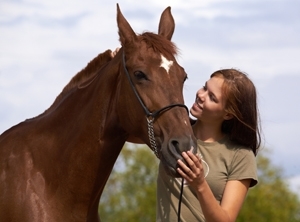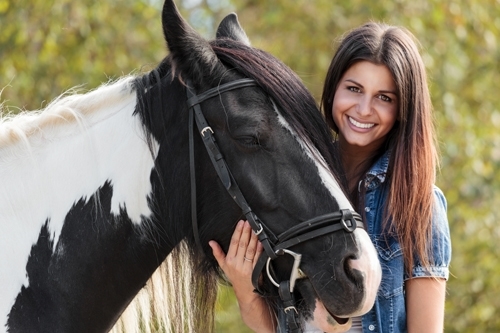
Teens and young adults struggling with an eating disorder, such as anorexia or bulimia, often find it difficult to ask for help. They often make an excuse to themselves “it’s not the right time” to address the disorder due to school or other obligations. Feelings of embarrassment and shame can accompany eating disorders that make the sufferer reluctant to seek treatment during the school year as they do not wish to disclose their issue and risk judgment from peers.
Compounding things even more, eating disorders often accelerate as the temperature rises. Summer is particularly difficult if you struggle with your body image. Warm weather means shedding the heavy winter clothes and heading to the beach or backyard pool. Unfortunately, for many young women desperate to take off a few winter pounds or already actively restricting their food intake, this time of year can lead them down a dangerous path to unhealthy behaviors.






